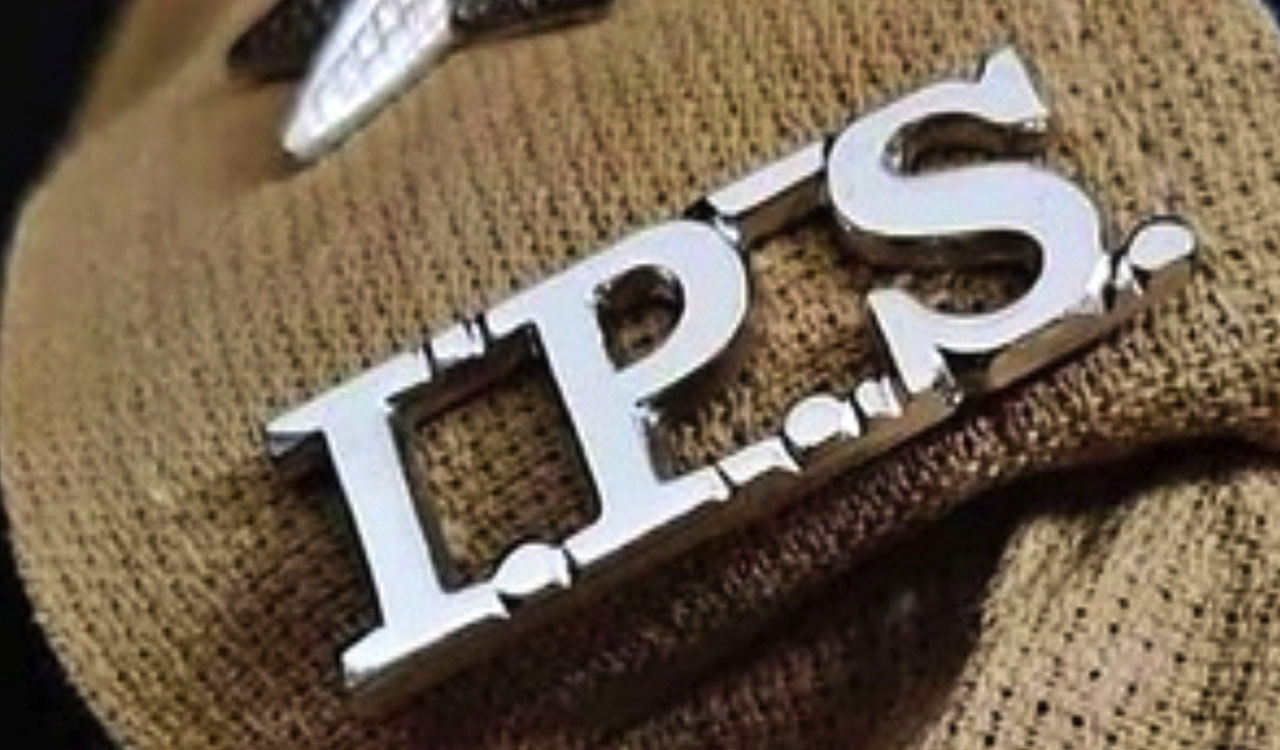
What if one of the best ways to make cities healthier, safer, and more valuable isn’t a shiny new gadget, but the soil beneath our shoes?
If that sounds too humble to matter, consider this: Tens of thousands of sites across the U.S. sit underused or fenced off because of contamination. These “brownfields” drag on local economies, spook investors, and leave neighborhoods with dust instead of parks or housing. TheEPA calls them “environmental contamination at brownfield sites,” but that’s bureaucratic shorthand for a real problem: invisible toxins with very visible consequences.
Meanwhile, money is flowing to fix it. In Connecticut alone, Governor Ned Lamont announced$18.8 million in June 2025 to assess and remediate 23 properties across 19 towns; 227 acres ready to be cleaned up and put back to work. Earlier rounds totalled $26.3 million in June 2024 and $20 million in December 2024.
That’s not just paperwork. A study suggest successful cleanups can raise surrounding property values by 5 to 15 percent, lifting local tax bases and creating jobs along the way.
Featured Video
An Inc.com Featured Presentation
The need is real. The question is how to meet it faster and more affordably, without cutting corners on public health.
A quick demystifier: What biochar is (and isn’t)
On the pollution front, the research is getting specific. Studies increasingly show biochar (especially when “tuned” or blended) can bind problem chemicals such as PFAS and immobilize heavy metals, often as part of a broader remediation plan that includes testing and monitoring. If you’ve ever used a water filter, you already understand the basic idea.
Biochar is a charcoal-like material made by heating plant waste and feedstock with little or no oxygen. It’s not fertilizer and it’s not a miracle powder. Think of it as a carbon sponge: porous, lightweight, and good at hanging onto water and nutrients. Scientists have studied it for decades, and the Intergovernmental Panel on Climate Change treats biochar as a credible way to lock carbon in soils for centuries. Translation: Once you put it in the ground, much of that carbon stays there for the long haul.
The brownfield bottleneck isn’t just chemistry…it’s trust
Here’s where many cleanups stall: Residents don’t just want a plan, they want proof. Developers don’t just want materials, they want data they can show regulators and lenders. That’s why diagnostics matter as much as what you put in the ground.
Patrick Freeze, PhD of Ward Laboratories, which has partnered on Connecticut pilots, put it simply, “What makes remediation work is simple: a strong plan, supporting research, and goals that can be measured. The independent verification of lab results supports these efforts.”
Ward Laboratories, a family-run soil, water, and feed analysis business with nearly 40 years of credibility in agriculture, is providing that independent testing layer. Their role: Run the soil diagnostics before, during, and after treatments to ensure outcomes are more than marketing claims.
The Connecticut experiment
Against this backdrop, a small team in South Norwalk is betting that remediation doesn’t have to be a black box. Launching September 26 during Climate Week NYC, my company, Super Biochar, is introducing a system that combines biochar blends with independent diagnostics and plain-English reporting so owners, cities, and community groups can see what’s working, where, and by how much.
Why Connecticut? Because the state has and is leaning in with real dollars:
$26.3 million (June 2024): 17 municipalities, 130 acres
$20 million (December 2024): 21 properties in 18 municipalities
$18.8 million (June 2025): 23 properties, 227 acres
In short: a pilot-friendly state with a track record of funding brownfield work.
Who’s behind the effort
Every early-stage venture is a mix of complementary strengths. Here’s how this one breaks down:
Bluvin Ravindran, a cofounder and CTO at Super Biochar, has spent a decade working with biochar and activated carbon. For him, the challenge is practical: “Every site is different. Urban soils behave differently than farm soils. Our job is to design blends that meet the site where it is, not force the same recipe everywhere.”
Sara Duarte, also a cofounder and our chief science officer, complements that by turning the engineering into field-ready science. She insists on designing with verification in mind: “It’s not enough to know biochar can work. We have to show how much it works, under what conditions, and prove it with data people trust.” Ted Shabecoff, Super Biochar cofounder and chief of staff, keeps the market lens sharp. He thinks about adoption as much as application: “Soil is one of the least visible but most critical parts of climate resilience. If we can measure it, prove it, and make it investable, we unlock an entirely new market.”
Together, they cover the spectrum: engineering, science, and strategy, backed by Ward Labs’ testing to hold them accountable.
Why it matters beyond Connecticut
The stakes are bigger than one state. Water stress is rising; by 2030, global freshwater demand will exceed supply by 40 percent, according to the World Economic Forum. “Forever chemicals” like PFAS are showing up in soils and water systems nationwide. And carbon markets, through programs like CORSIA for aviation, are about to expand dramatically.
None of these problems will be solved by soil alone, but many of them can’t be solved without it.
Which raises the larger question: What if soil really is infrastructure, as critical as bridges or broadband? If that’s true, then the most transformative building material of the next decade may not be steel or concrete, but carbon-enriched dirt.



